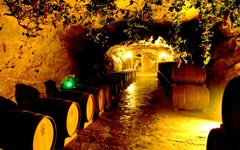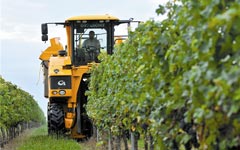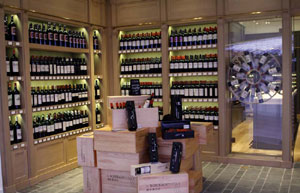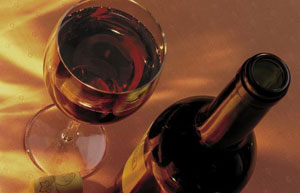Spending power
|
 |
|
 |
In 2013, China was the largest market of red wines globally, overtaking France and Italy where the quantity imbibed has been falling. Chinese people drank more than 1.86 billion bottles last year, the report said.
However, during the past five years, wine sales have also polarized in China, with purchases of either high-end or low-price wines dominating sales figures, says Edward Ragg, co-founder of Dragon Phoenix Wine Consulting, a leading independent wine consulting company in China. "Traditionally, there hasn't been a real market for middle-priced wines," he says.
Ragg, who helped found Dragon Phoenix Wine Consulting in 2007, has been assisting foreign wine producers and educating drinkers in China.
"China was, and still is for the most part, a market where sellers can name their price," he says.
"If you, as a wine importer, were more likely to sell a 100 yuan ($16) bottle for 200 yuan, and the buyer was more eager to buy the more expensive product, why wouldn't you?"
He says while the past five years have seen a boom in wine sales, growth is slowing as bulk purchases by State and corporate clients dry up, with producers emphasizing more high-quality, low-priced wines.
"There are a lot of people who got on the bandwagon selling wine during the early boom years and they're realizing that China is not the massive wine market in the way people think it is," Ragg says.
Recent austerity measures to curb gift-giving and spending at official banquets have shrunk large orders of fine wines, with sales growth slowing from 18 percent in 2012 to just over 5 percent in 2013.
With an overabundance of upmarket wines and distributors eager to find buyers, sales of top-end wines in China have hit a plateau, with prices of some of the most expensive brands dropping, in some cases by more than 50 percent.
In 2013, the price of a 2008 Lafite wine tumbled 53.4 percent to 7,230 yuan ($1,180), and the price of a 2004 Lafite wine fell to 2,850 yuan from 4,900 yuan.
The shift has seen dozens of distributors, who once catered solely to the fine wine market, go bankrupt, with stocks of high-priced wines remaining buried in warehouses.
|
 |
 |
